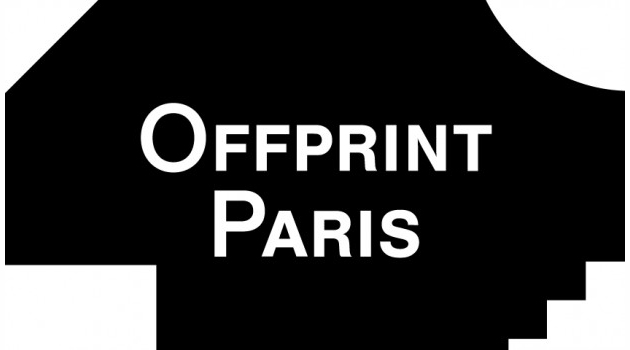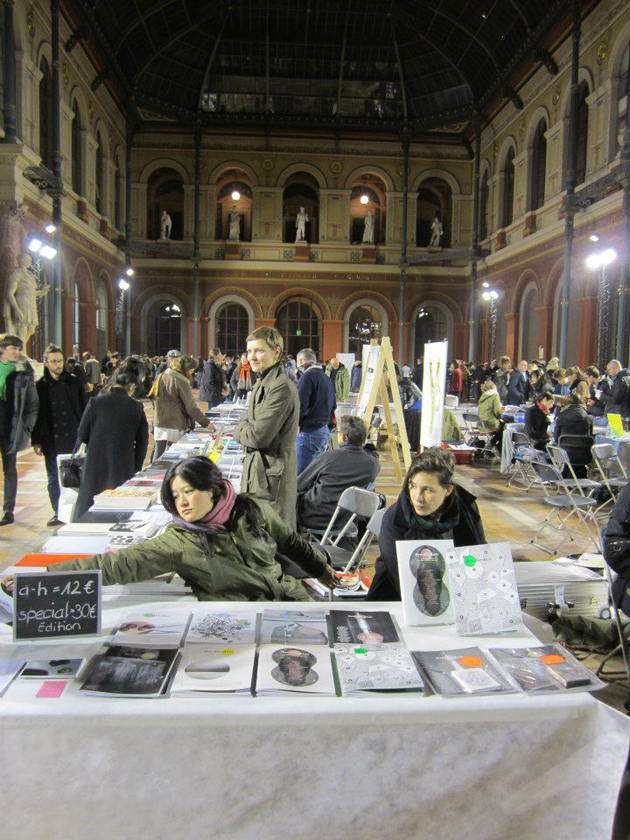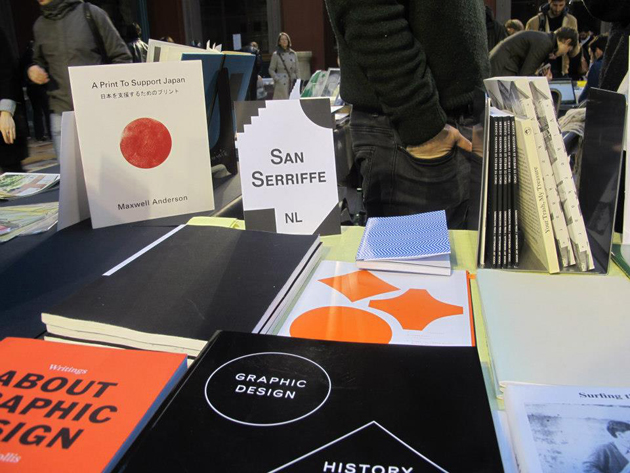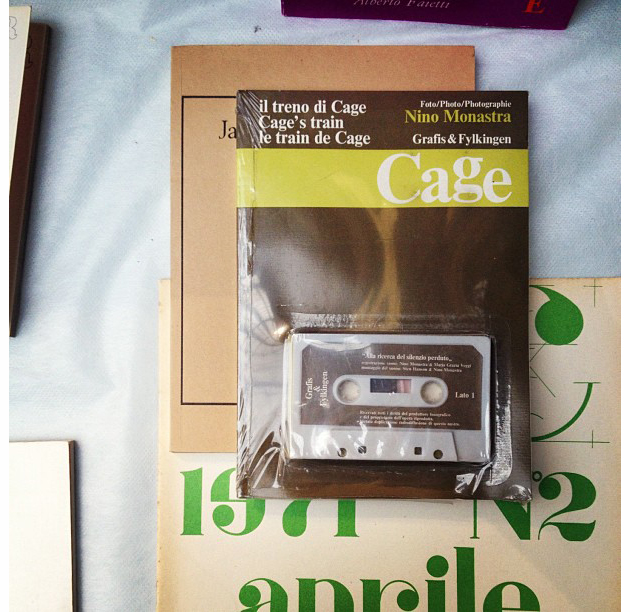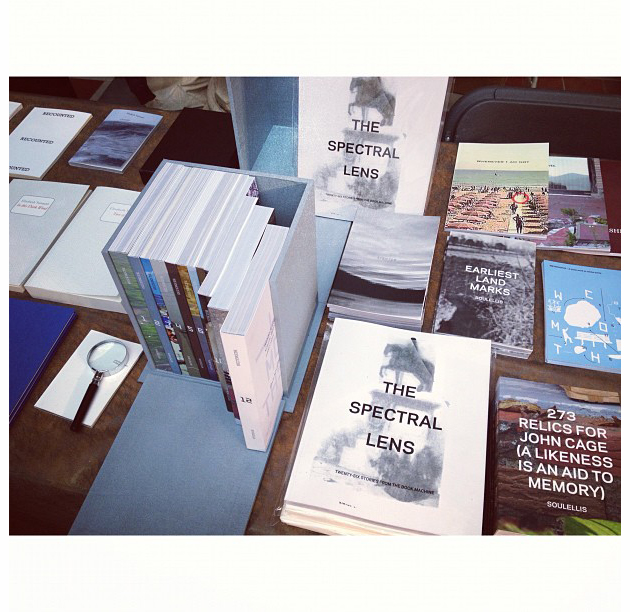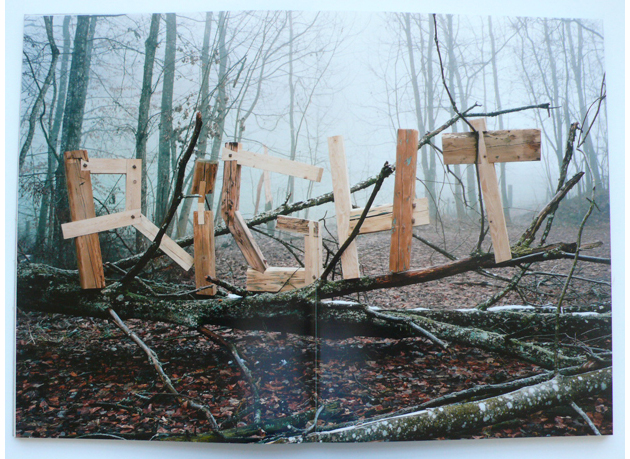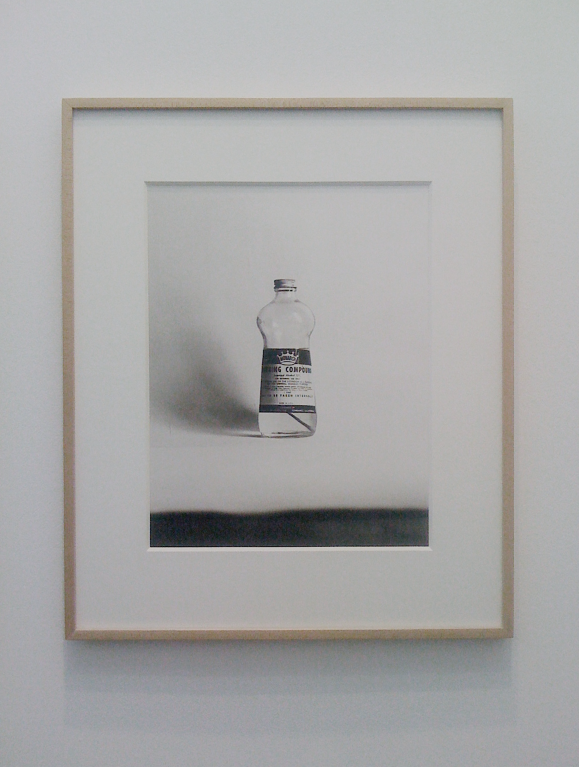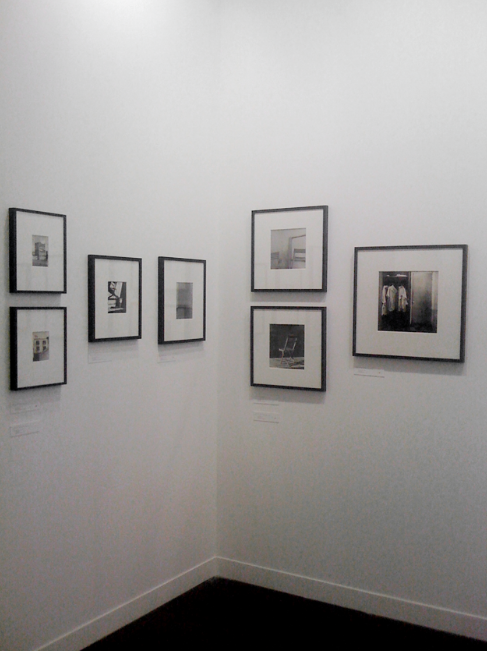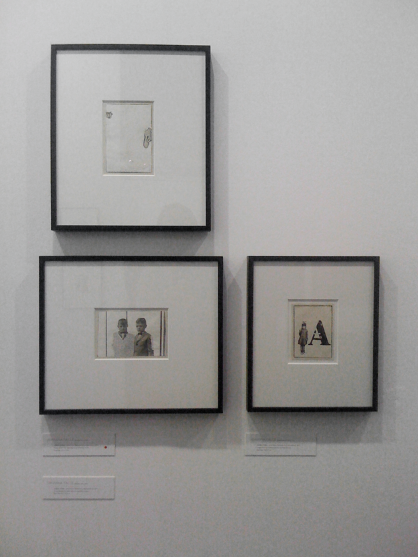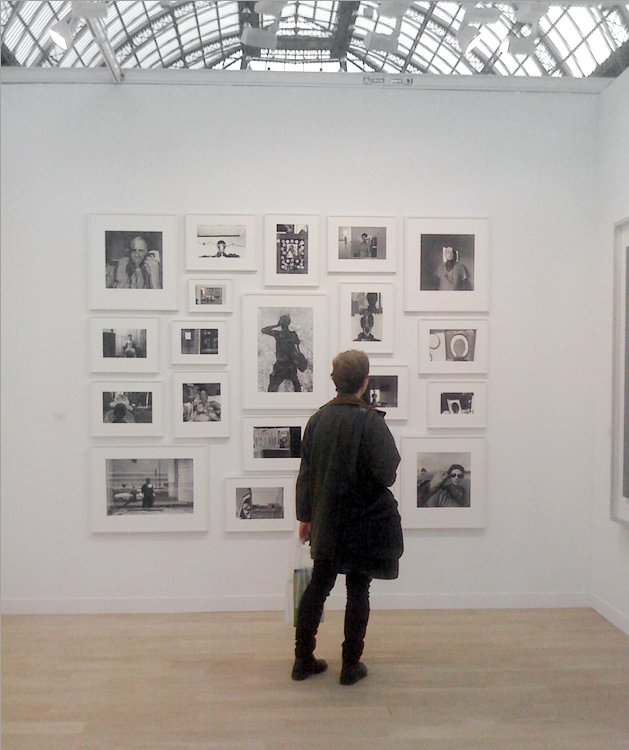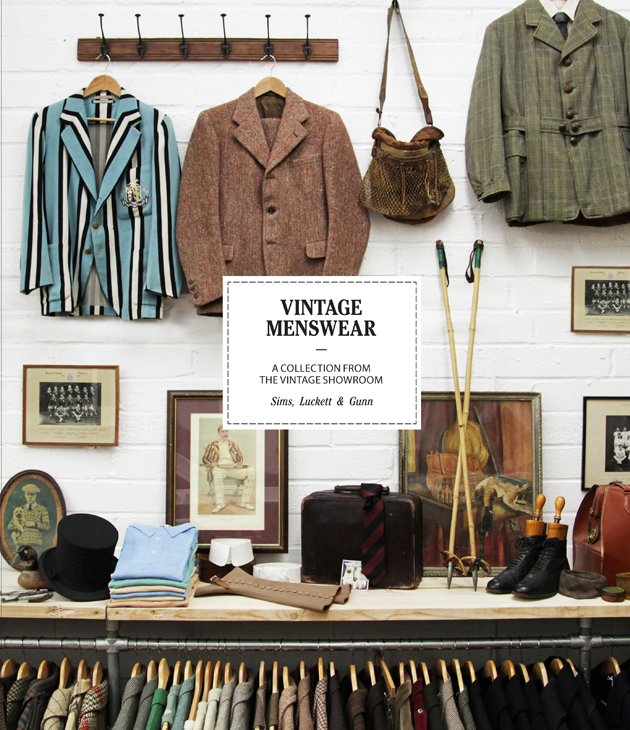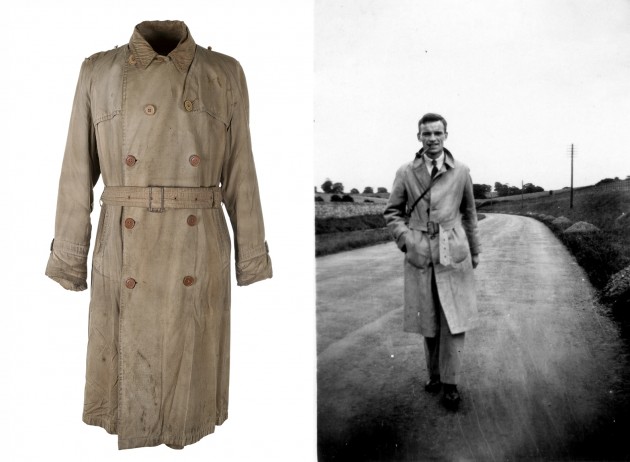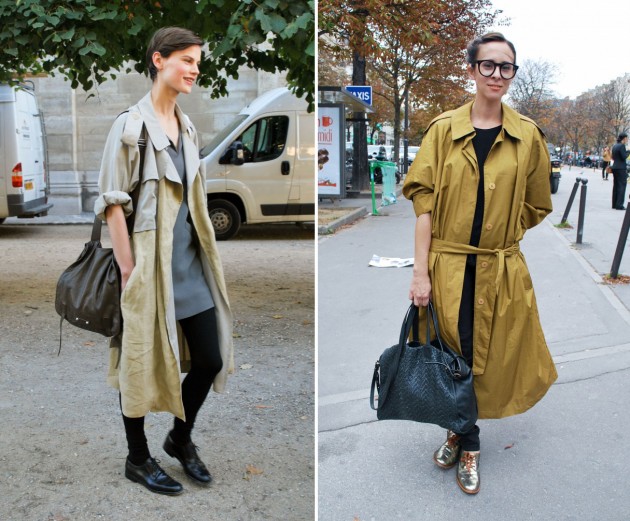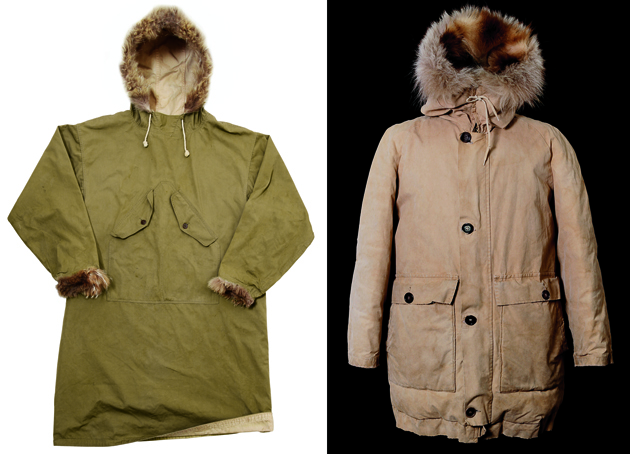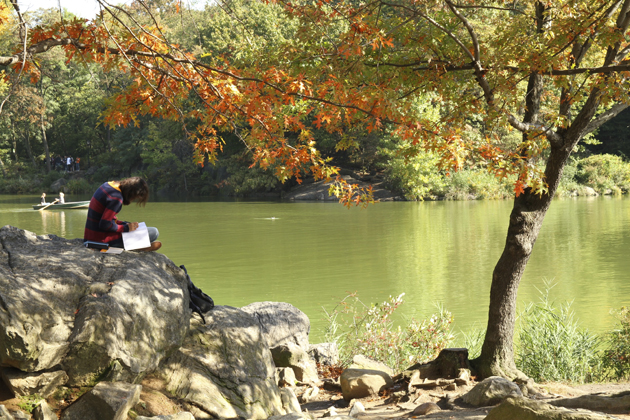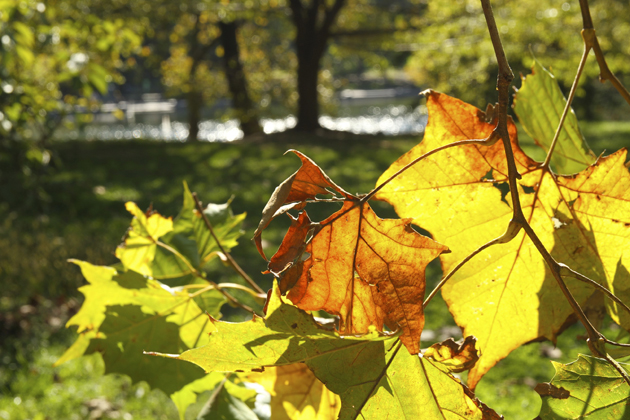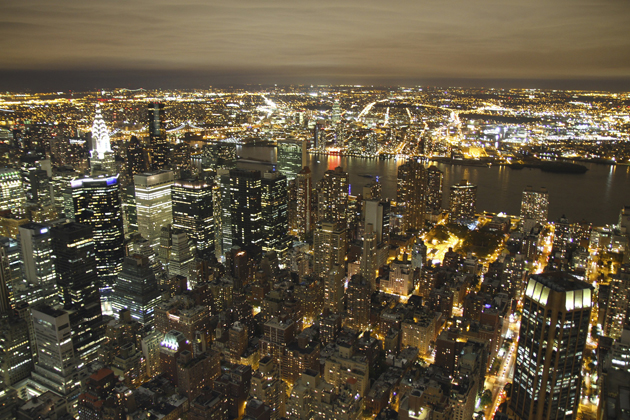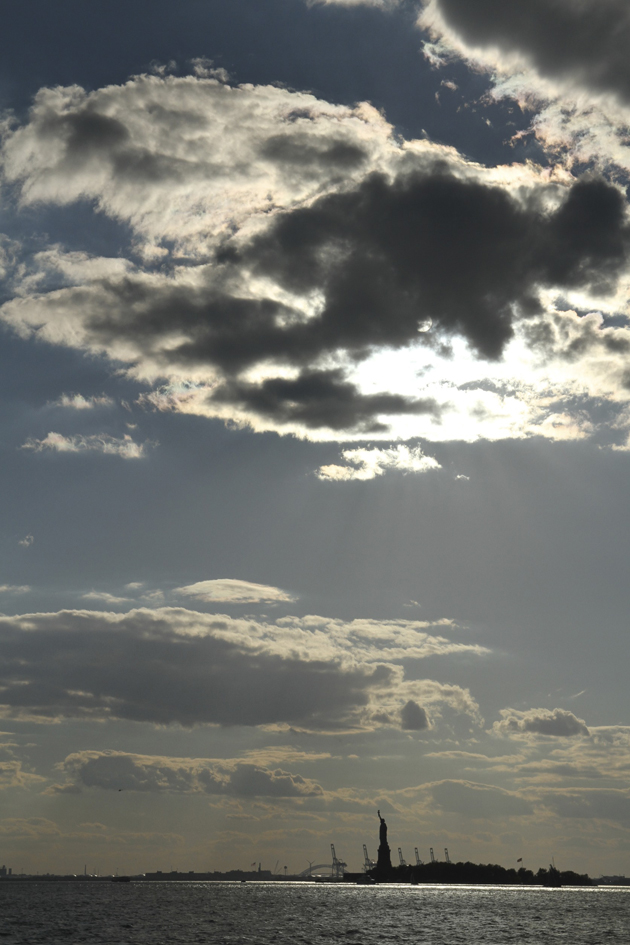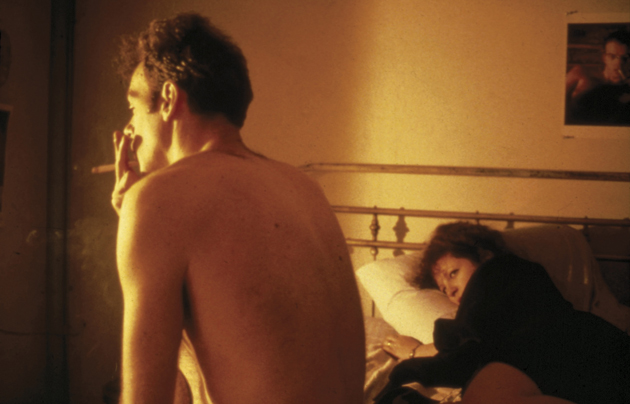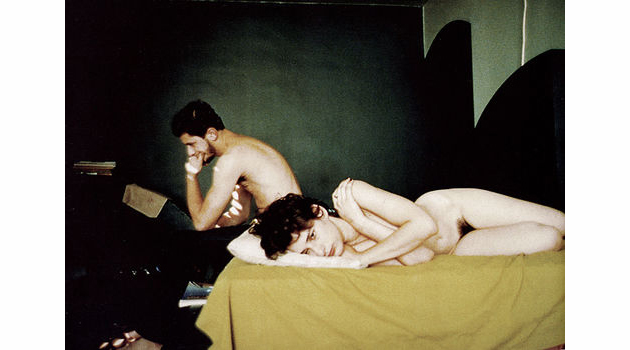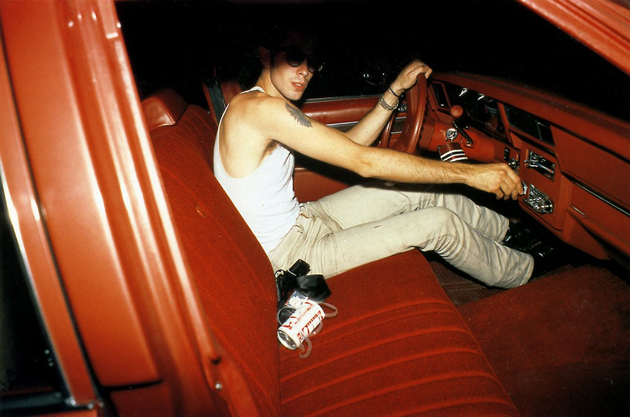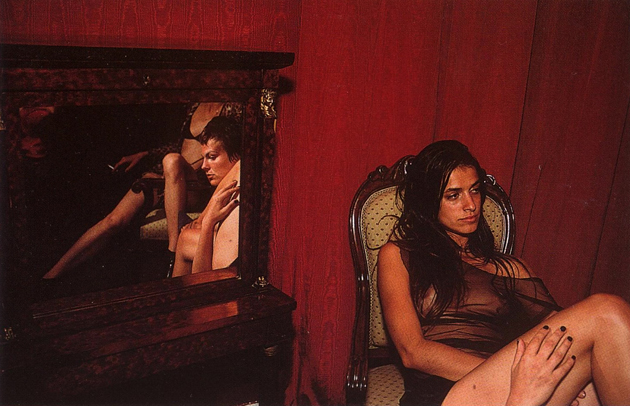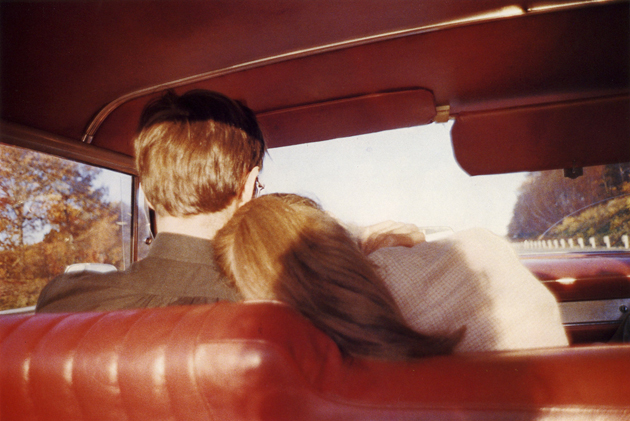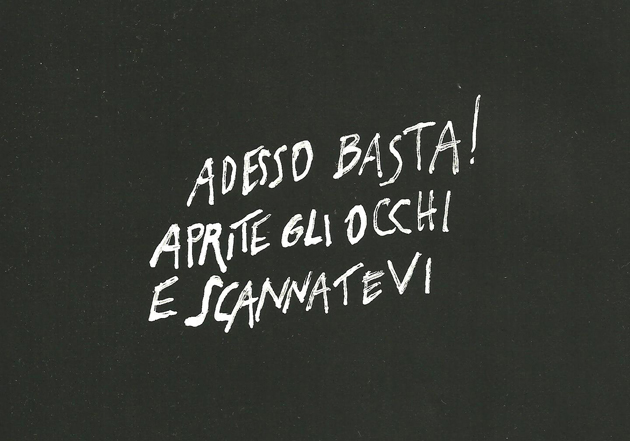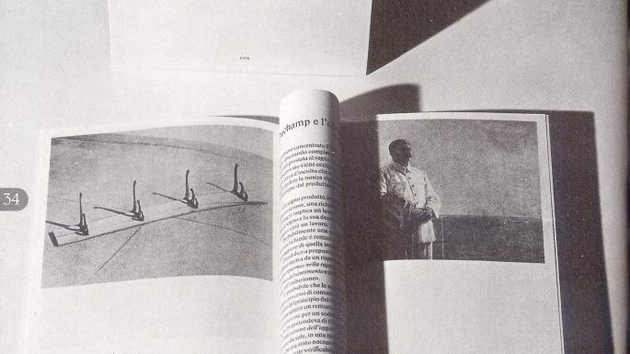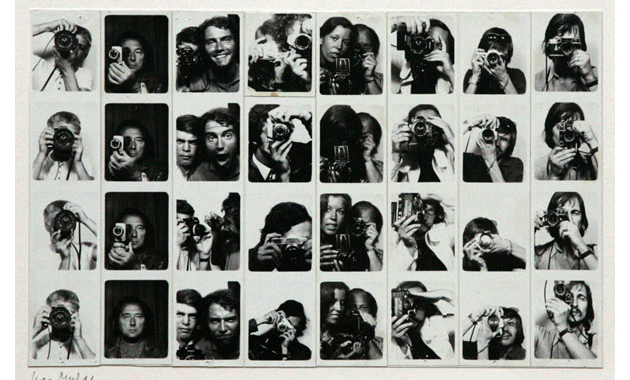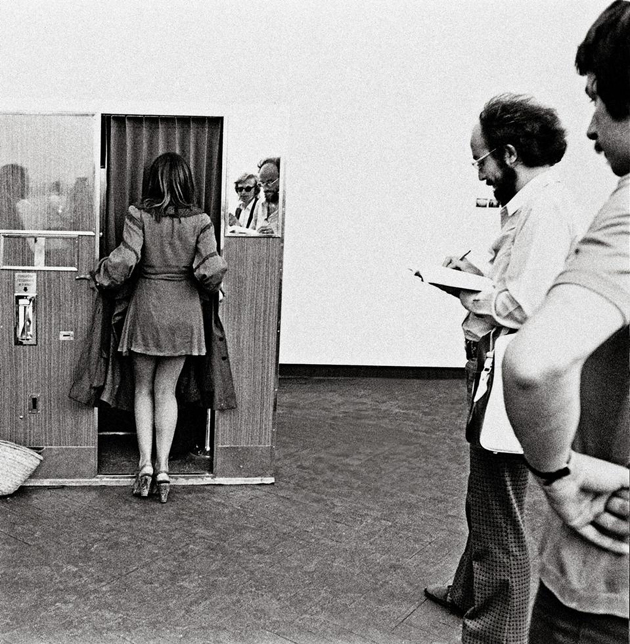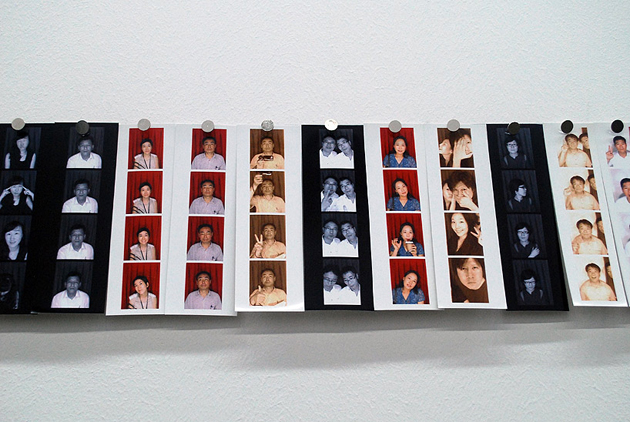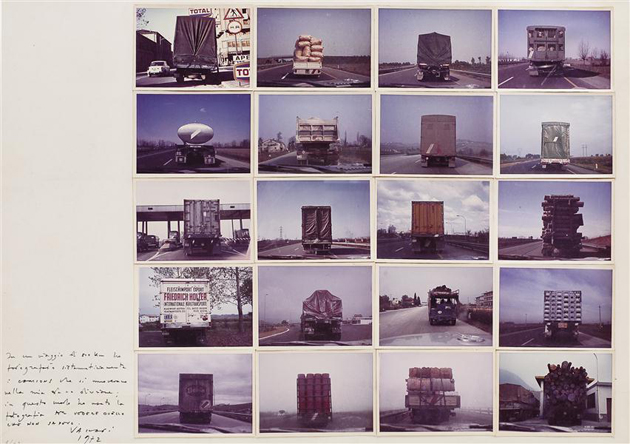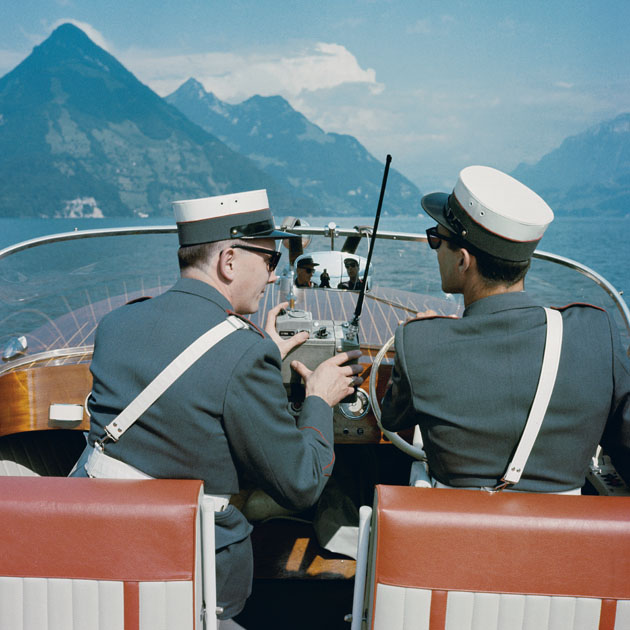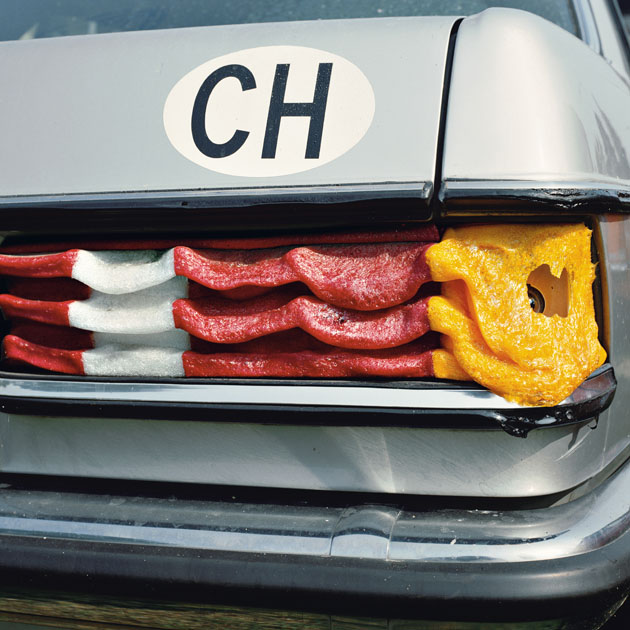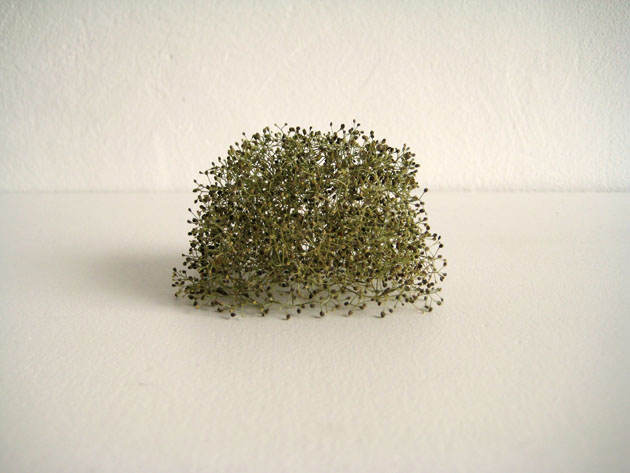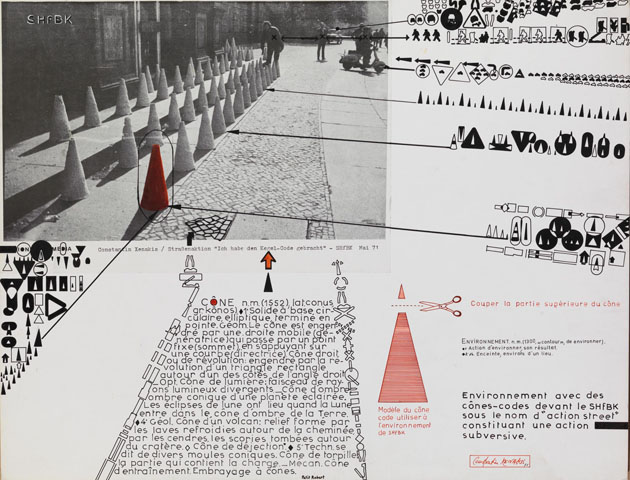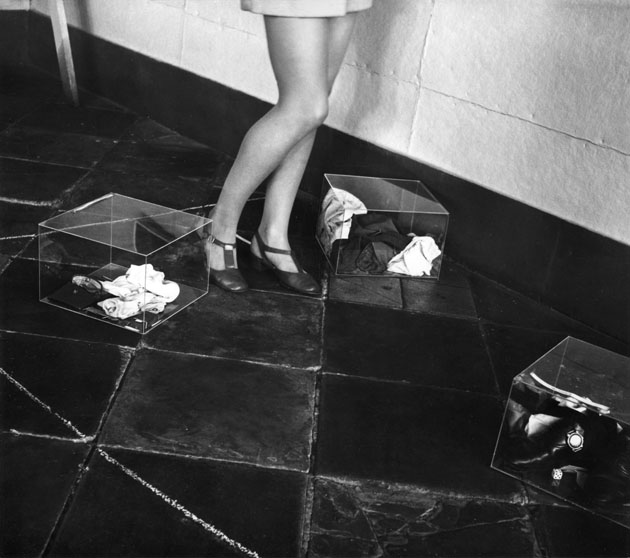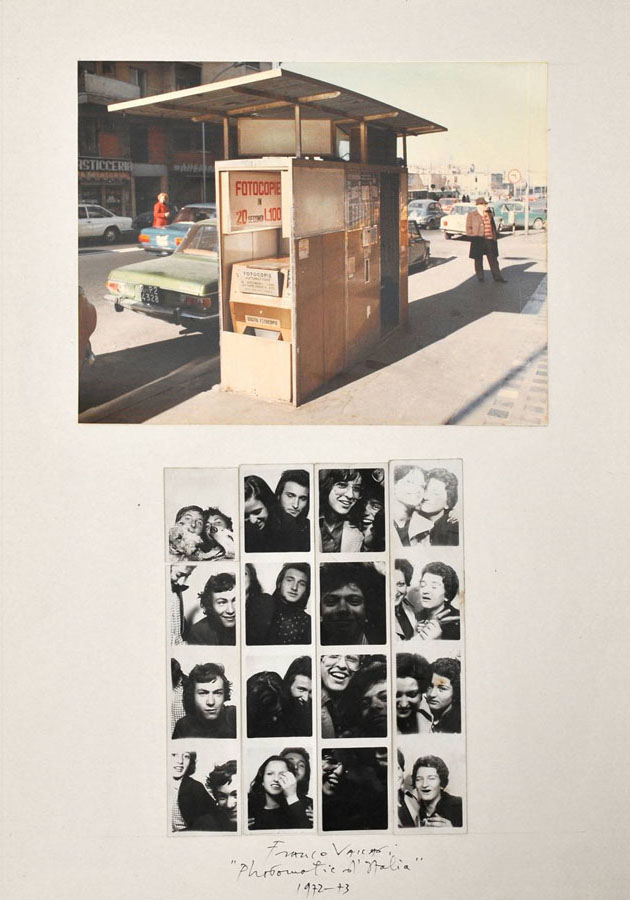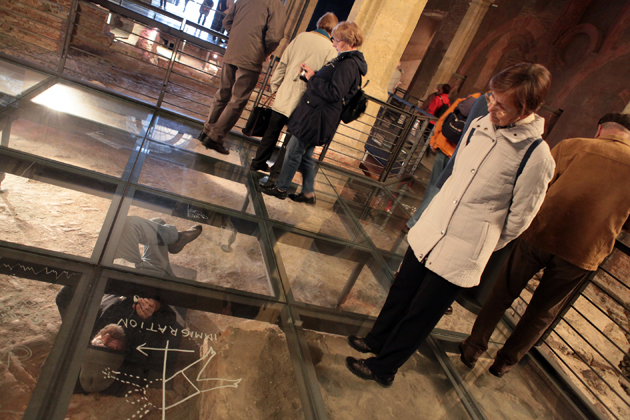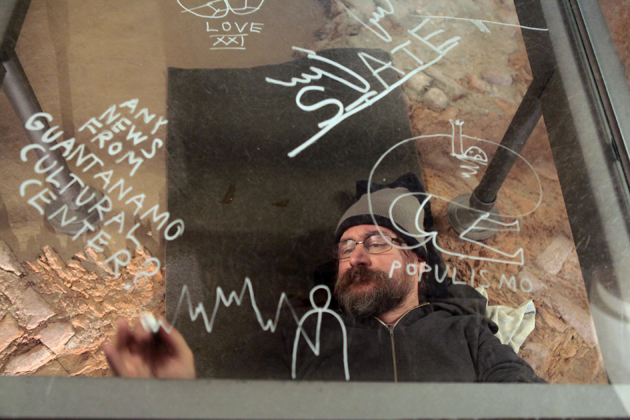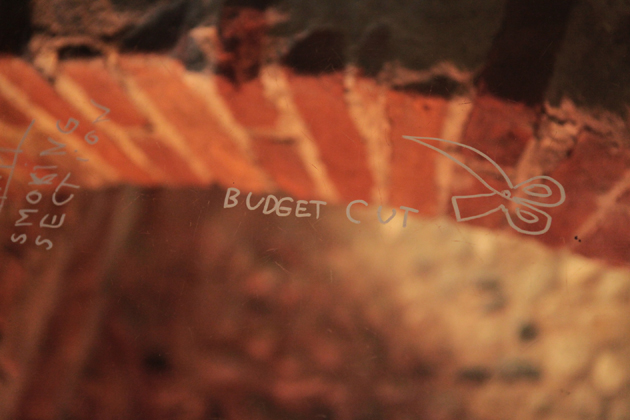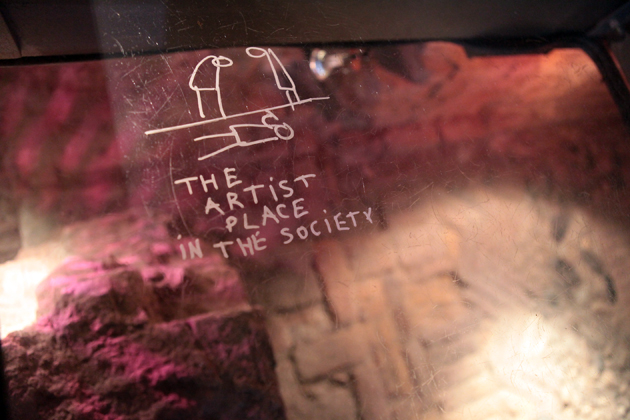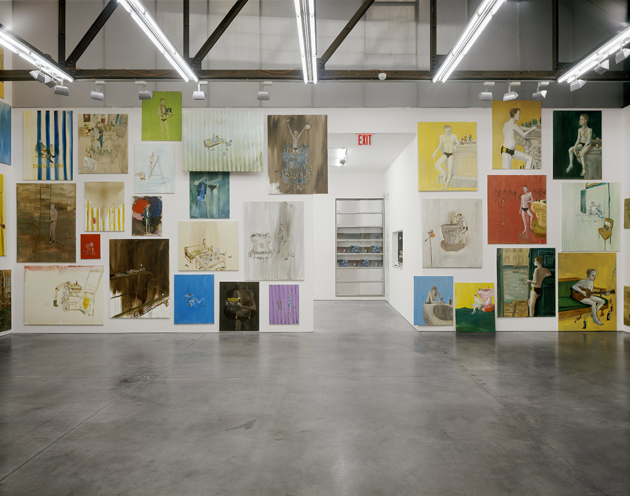The Editorial: O, Twinkie
Ah, the twentieth century. Those hundred years in which all the scientific advances of centuries past converged into one gigantic, global sociotechno orgy: television, mechanical flight, vaccinations, space travel, solar energy, mobile phones, the harnessing of nuclear energy… and the Twinkie. That barf-inducing, impossibly supple, dizzyingly sugared confection made of thirty-seven distinct, mostly chemical, ingredients. And so century twenty will go down in history as the first in which humans willingly ate food that wasn’t actually food.
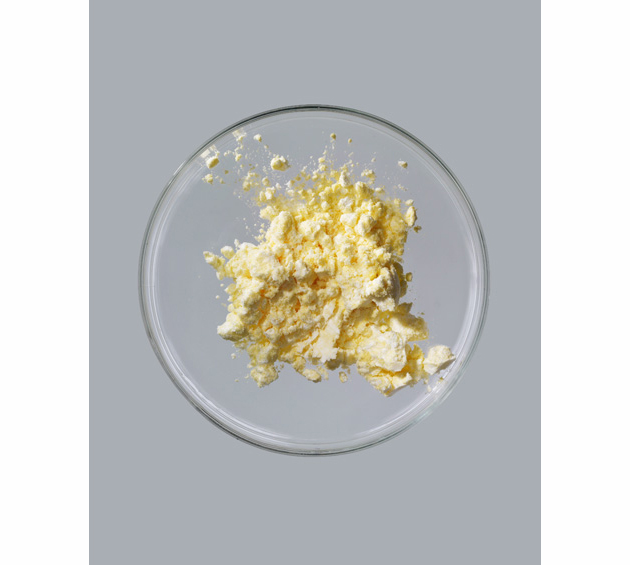
Long the definitive whipping boy of the ills of processed food, the Twinkie has become something of a cultural icon. Both derided and clung to steadfastly, it has spawned several variations, perhaps the worst of which is that staple of the American State Fair, the artery-clogging deep fried Twinkie. Retirees with sweet teeth are known to keep one or two stashed in the glove box of their Oldsmobile – they certainly travel well. It’s spawned a book called “Twinkie: Deconstructed,” a scientist’s ‘Journey to Discover How the Ingredients Found in Processed Foods Are Grown, Mined (Yes, Mined), and Manipulated into What America Eats.’ (Read the New York Times interview with its author on the subject here.) And that sweet-little-thing Mad Men era big shots kept in mink and Chanel in addition to their wives, they were “twinkies,” too.
“Ralph’s got a hot little twinkie in the city…” Wink. Wink.
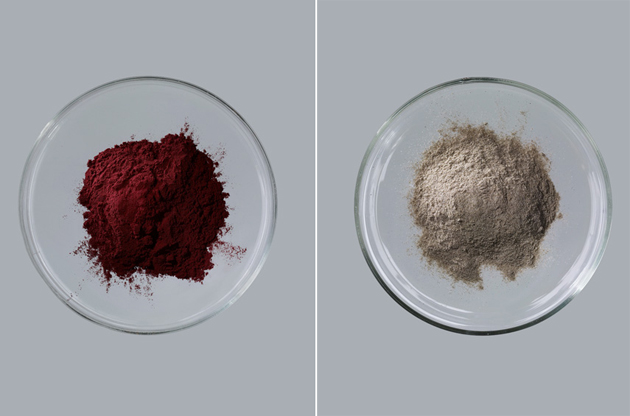
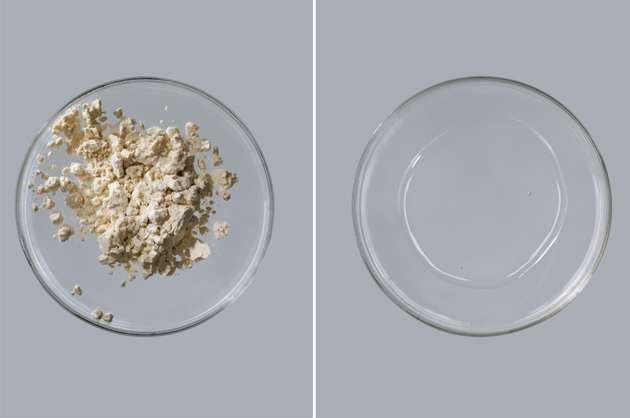
In short, the Twinkie is vice incarnate. In the trial for Harvey Milk’s murderer in the 1970s, the defence argued successfully that it was the excess consumption of Twinkies and other sugary snacks that led to homicidal behaviour. And so, a killer was convicted of manslaughter and not murder. Riots ensued. (Blame the Twinkie.)
And for all its preservatives, a single Twinkie might just have been the one thing to survive the coming total apocalypse. (Rather appropriate for its coming-of-age in the nuclear age.) But, alas, even snack treats with nuclear half-lives of 25,000 years cannot overcome corporate greed. This week’s announcement that Hostess, the old anachronism of a company responsible for the delectable little indulgence, has decided to liquidate itself after a string of wildly poor decisions from a wildly greedy band of executives.
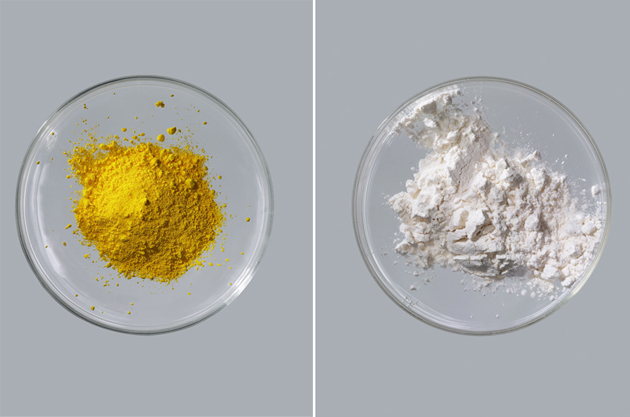
So, whether it’s spared the liquidation guillotine, is it right to feel ambivalent about the Twinkie’s passing? So much nostalgia! So satisfying to hate! So, could we possibly live in a world without deep-fried treats of the 37-ingredient variety?
San Francisco photographer Dwight Eschliman, known for his stunning and information-filled still lives, has photographed each of the Twinkie’s 37 ingredients separately.

